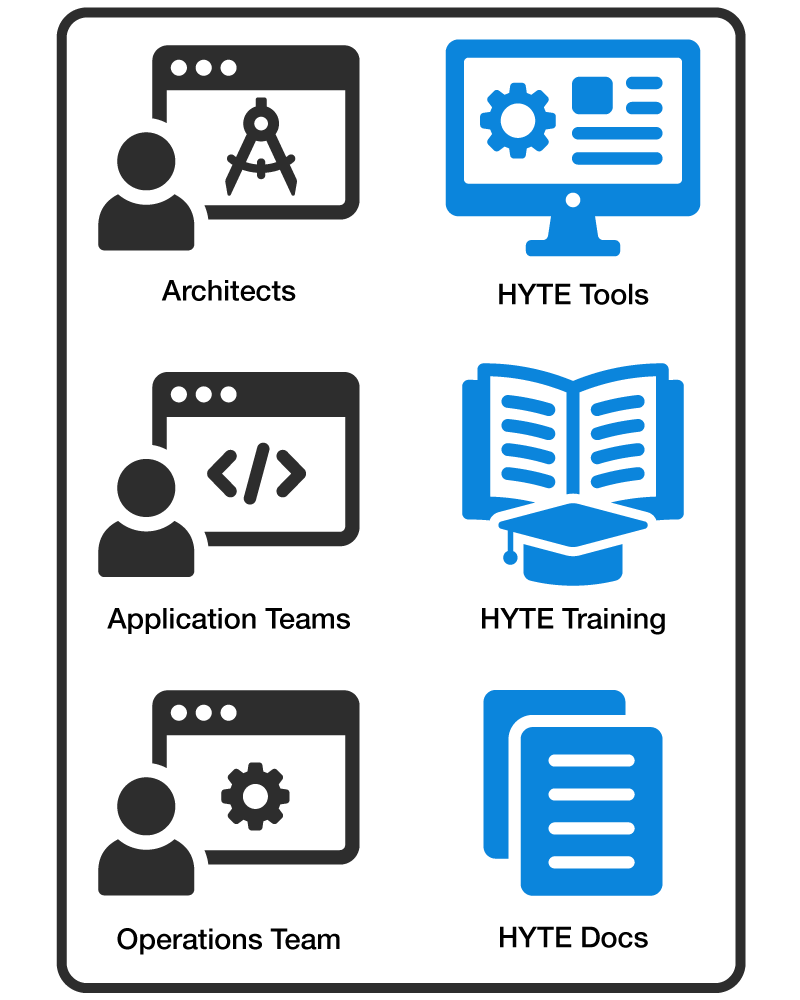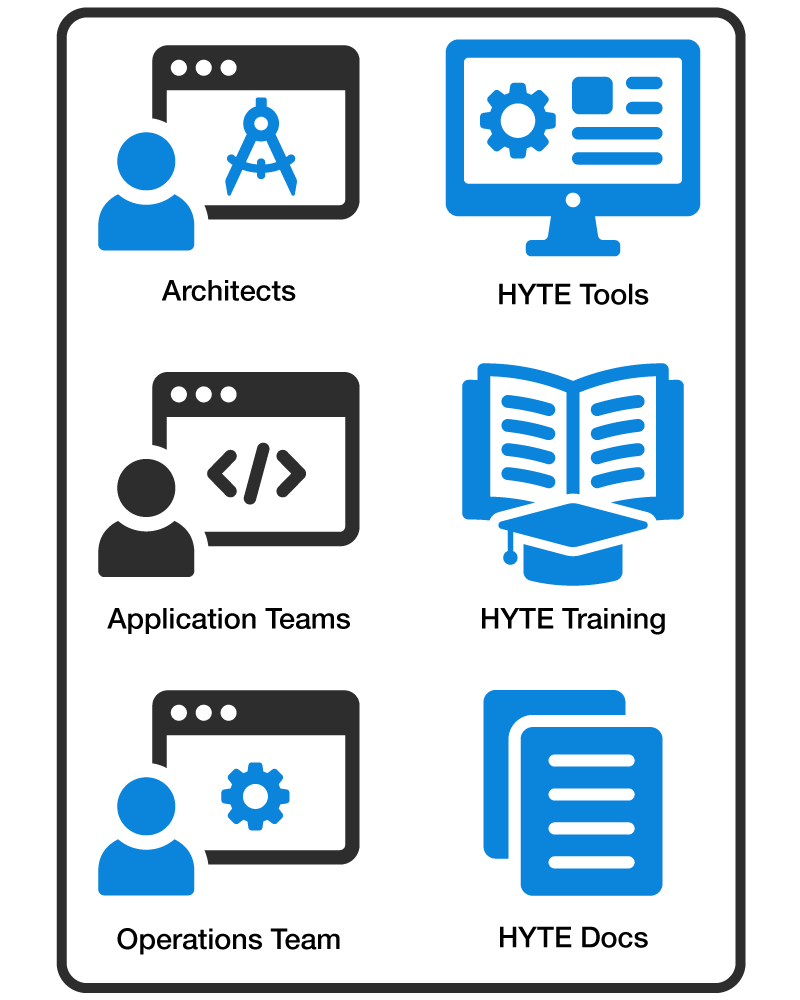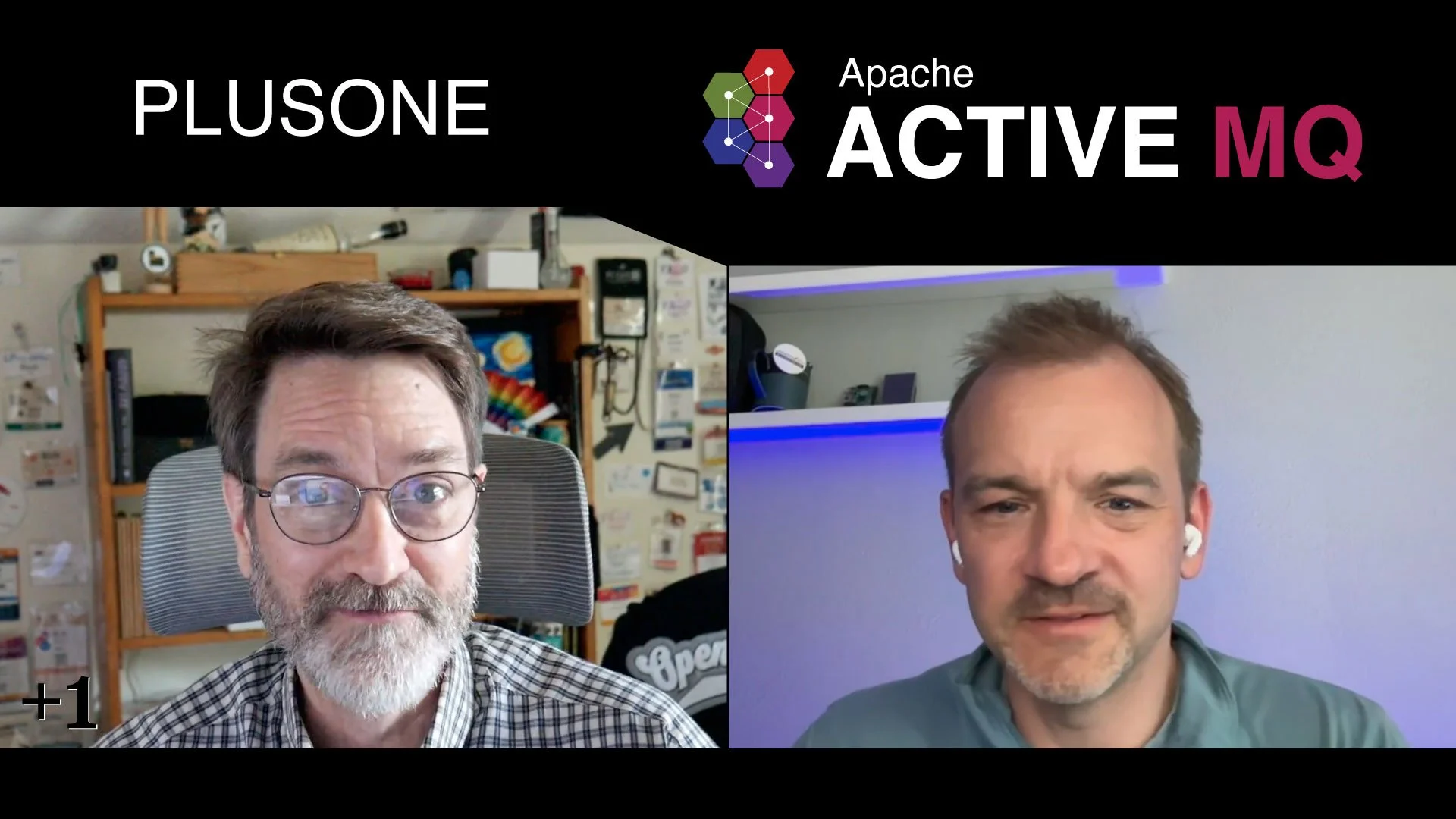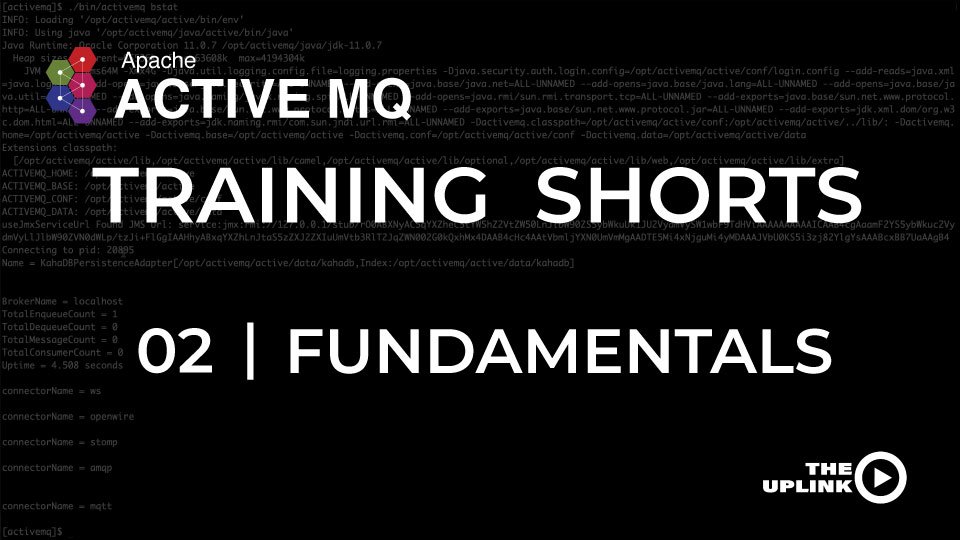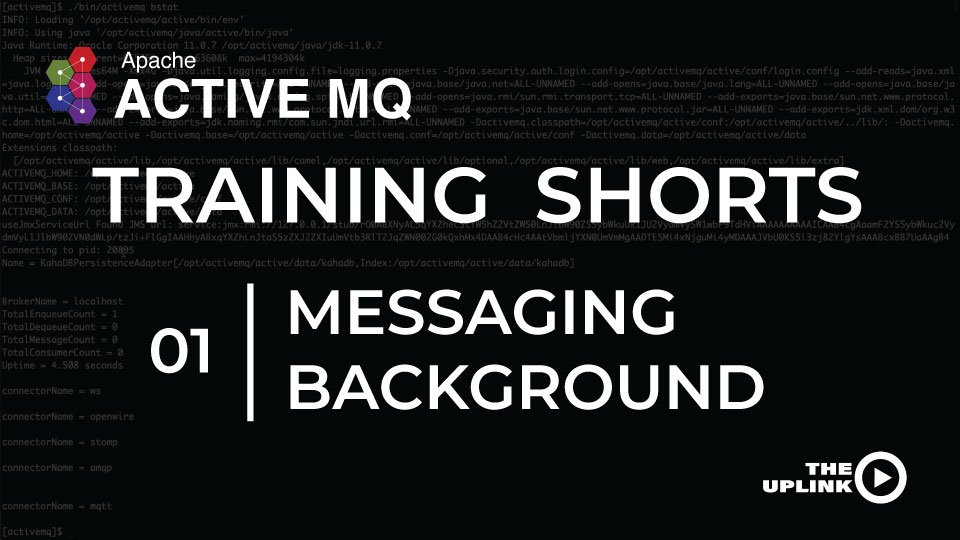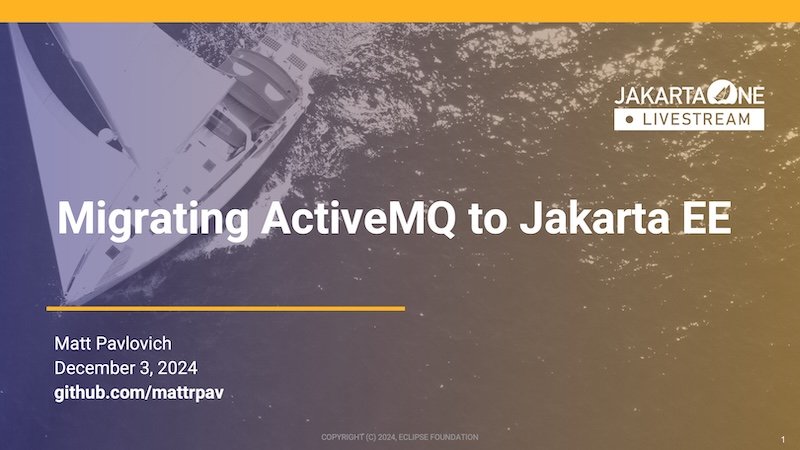
Migrating IBM MQ
to ActiveMQ
Why Migrate Away from IBM MQ?
Your middleware system deserves tools that drive progress, not hold you back. IBM MQ was designed for a different time. High costs, poor cloud adoption, and inflexibility have left enterprise teams frustrated and searching for solutions. Worse still, IBM and Red Hat’s commitment to their middleware platforms is waning as their focus shifts to AI.
Cost Reduction
IBM MQ, while renowned for its robust features and reliability, carries a significant cost. This high expense can influence application developers to consider alternative architectural solutions. Often, this scenario unfolds even in cases where queue-based systems, such as IBM MQ, would be the optimal choice, leading developers to explore other options.
Strategic
ActiveMQ is an open-source, future-proof messaging platform designed to unify all queue services across your organization. It supports a wide range of use cases, including legacy applications, microservices, event-driven systems, cloud integration, SaaS integration, and hybrid cloud environments. By standardizing on a single messaging platform, your technical teams can streamline adoption, lower costs, and boost development speed. This is achieved by leveraging common patterns, applying proven best practices, and utilizing an extensive library of sample code.
Vendor Commitment
IBM has been increasing its focus on AI and other emerging platforms, signaling a change in priorities. Middleware is no longer a primary area of strategic investment for IBM or Red Hat as they align their resources with these evolving technologies.
Flexibility
ActiveMQ is a highly flexible messaging broker that supports a wide range of deployment scenarios, including embedded systems, IoT gateways, retail gateways, applications, cloud environments, and queue-as-a-service models. Its extensive clustering options enable it to adapt to diverse architectural needs, making it a versatile solution for modern messaging requirements.
How to Migrate from IBM MQ to ActiveMQ
Migration Challenges
HYTE has utilized insights from our consulting experiences to make the transition from IBM MQ to ActiveMQ-based infrastructures smoother and more intuitive. For many customers, moving to a new messaging system often involves significant application code conversion. Fortunately, the transition to ActiveMQ is streamlined due to the standardized nature of messaging protocols and APIs. This standardization primarily transforms code conversion into simpler tasks that involve configuration, rebuilding, and retesting rather than complete recoding. For scenarios where challenges in code conversion do arise, HYTE Support offers substantial resources. We provide a library of sample code, comprehensive training sessions, and a knowledge base filled with best practices designed to accelerate the conversion process for application teams, helping to reduce costs and increase efficiency.
Recognizing that some of our clients operate with critical legacy infrastructures that necessitate maintaining a portion of their IBM MQ systems, HYTE has engineered solutions to address these specific needs. In instances where it is not feasible to entirely eliminate IBM MQ, such as in environments dependent on a z/OS mainframe, HYTE MQ offers an excellent compatibility feature. It seamlessly integrates with IBM MQ clustering, enabling a dual setup where both IBM MQ and HYTE MQ can operate simultaneously. This dual capability facilitates a gradual migration process, allowing organizations to transition at their own pace while maintaining system stability and reliability. This approach supports a long-term hybrid strategy that accommodates both current and future infrastructure needs seamlessly.
Advanced Tooling
The HYTE Console provides comprehensive management capabilities for IBM MQ, featuring a range of enhancements that improve user experience and system robustness. These features include a suite of messaging tools that allow for browsing, moving, and copying messages. Furthermore, it supports native IBM MQ operations, facilitating interactions with transmission, remote, and cluster queues. To enhance the learning experience, a video playlist is available to guide users through various functionalities. Scheduled backups can be set for IBM MQ, ensuring data protection without manual intervention. Additionally, the HYTE Console offers tools for message loop testing, helping to maintain and monitor system integrity.
The HYTE Console delivers an array of powerful features designed to streamline ActiveMQ management. At the heart of this functionality are messaging tasks, which enhance control and flexibility for users. Whenever a message is copied or moved, the console temporarily stores a record of that task. With the appropriate permissions, users can download these tasks, including all related messages, as a zip file for backup purposes. To further enhance productivity, the console also provides the ability to replay messaging tasks, making it easier to test and refine workflows. Developers can utilize the HYTE Console to execute extensive test scenarios efficiently, while operations teams can relocate messages from dead-letter queues to primary queues, move messages between brokers, recover from inadvertent message publications, and use tools for editing and resending to resolve issues with headers or payload data. DevOps teams are supported with capabilities for fast load and certification test execution.
Automation is a key focus of the HYTE Console, with REST APIs enabling streamlined workflows such as provisioning servers, configuring security policies, accessing messaging tasks, initiating console backups, and performing health checks. Self-service and delegated administration empower users to manage their environments independently, while centralized authentication methods—compatible with Microsoft Entra ID, Active Directory, and LDAP—simplify user access and security management. These features combine to create a versatile, efficient, and user-friendly solution for ActiveMQ management.
Optimized Messaging
HYTE MQ is designed to align with the most common enterprise use cases, simplifying implementation while minimizing the need for lengthy testing and learning phases. Every configuration is carefully tailored to help organizations get up and running quickly without sacrificing performance or reliability. By focusing on enterprise-ready setups, HYTE MQ ensures that a foundational configuration is already optimized, saving teams valuable time and resources.
To deliver a secure and well-tuned platform, HYTE MQ comes with several best practices enabled by default. This includes robust security measures such as strong password hashing, ensuring data is protected from the start. Java garbage collection is fine-tuned to ensure efficient memory management, while message flow settings are optimized for tasks like defining message size limits and connection limits. These pre-configured setups make HYTE MQ ready to handle demanding messaging workloads while supporting enterprise users with a secure and scalable solution.
Customized Engagement Plans
HYTE Support provides tools and resources tailored to align migration costs with your organization's specific needs. Our approach breaks migration projects into two key areas: application code conversion and infrastructure build-out. This framework facilitates the integration of your existing technical expertise or collaboration with strategic service providers. Whether your team takes the lead or you rely on HYTE to manage the process, our flexible support system ensures your migration goals are achieved efficiently.
Beyond the migration itself, HYTE Support is committed to providing ongoing enablement and continuity for your technology. We work with you to ensure that the transition not only meets immediate needs but also lays the foundation for long-term success. Our team is dedicated to equipping your organization with the tools, guidance, and insights needed to maintain and optimize your new system as you move forward.
Plan 1
The customer utilizes their own experts, along with HYTE's tools, training, and documentation, to successfully complete the migration.
Plan 2
The customer requires a HYTE team to collaborate with their product owners to support the infrastructure conversion. The migration of application code is managed by the customer's developers or their strategic service provider.
Plan 3
The customer requires a HYTE team to collaborate with their product owners, project managers, and architects to carry out the infrastructure transition and application code migration.
Plan 4
The customer utilizes HYTE Consulting to manage the project, collaborate with the customer’s stakeholders, and execute the entire project for the customer.
Transitioning from IBM MQ to ActiveMQ can unlock cost savings, improve system flexibility, and position your organization for long-term success. At HYTE, we not only simplify this process but also ensure it meets your unique business needs. With advanced tools like the HYTE Console for robust management, hybrid solutions to accommodate existing infrastructures, and comprehensive migration support plans, we ensure a seamless and efficient migration experience.
Whether you're streamlining messaging workflows, leveraging enterprise-ready configurations, or taking advantage of self-service options and automation, HYTE is committed to empowering your teams at every step. From planning and implementation to post-migration success, our solutions provide the tools and expertise your organization needs to modernize its messaging environment with confidence.
Schedule a meeting with our migration team today to explore how HYTE can help drive innovation and scalability for your business.




